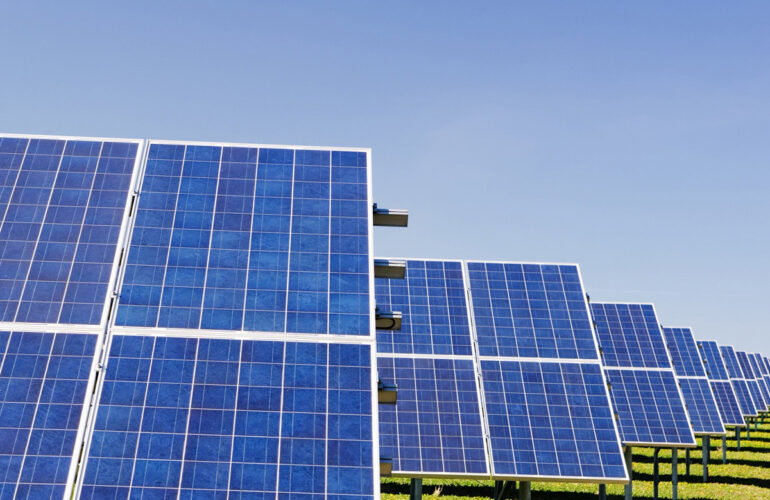Benefits of Project
Overall, the use of solar panel setting company technologies in Japan can provide a range of benefits, from increased energy efficiency and reliability to lower energy costs and a reduced carbon footprint
Technologies What We Used
- Solar trackers: These systems use advanced sensors and motors to track the movement of the sun and adjust the angle of the solar panels accordingly, maximizing energy production.
- Bifacial solar panels: These panels have the ability to generate energy from both sides, increasing their efficiency and reducing the amount of space required for installation.
- Floating solar panels: In Japan, there are several large-scale solar installations that are built on floating platforms, such as reservoirs or ponds. These systems have the advantage of reducing the amount of land required for installation and can also help reduce water evaporation.
- Building-integrated photovoltaics (BIPV): These systems integrate solar panels into the design of buildings, such as windows, walls, and roofs, providing both energy production and building functionality.
- Smart inverters: These devices are used to convert the DC power generated by solar panels into AC power for use in buildings or the grid. Smart inverters also have the ability to communicate with the grid and adjust energy output based on demand and supply.






